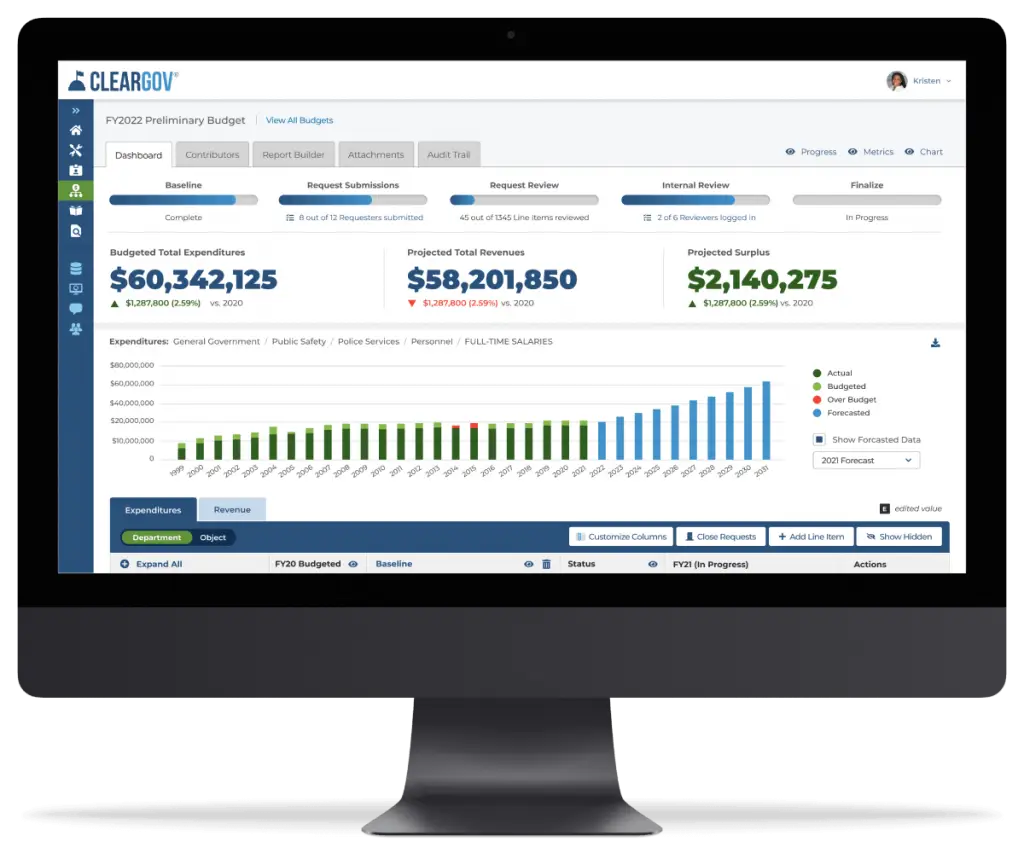5 Issues on Local Governments’ Radar in 2020 Helpful links for civic leaders looking to make a differenceSure, we’re already nine days into the New Year, but there’s no statute of limitations on well wishes, so … Sláinte! The holidays are over and you’re back at the helm — hopefully recharged and ready give 2020 all you’ve got. Same here. That said, it’s a shiny new decade and there’s lots to get done. So, let’s get to it! We’re sharing five ideas (and a ton of links) that we hope you’ll find helpful — and in some cases inspiring — as you ready yourself for the road ahead. Enjoy! 1. Make sure your community gets countedIt’s that time again. Every ten years the U.S. Census Bureau attempts to count every resident in the country. One big thing that’s different in 2020 is that people will actually be able to complete the Census survey online. That’s right, the federal government is finally embracing digital. In fact, the Bureau hopes that 55 percent of responses will be submitted via computer or mobile phone. That said, most households will still be contacted by snail mail. They’ll receive a unique code to fill out the survey online or, in neighborhoods with limited Internet access, households will receive the traditional paper form. As you know, participating in the Census is in everyone’s best interest because decision-makers use the data collected to determine which communities, schools, hospitals, and roads receive federal funding. Local civic leaders can do their part by educating residents about the value of the survey and encouraging everyone to be counted. If you’re looking for ideas on how to get the word out to your community, look no further than the website for the town of Medfield, Massachusetts. Way to be counted, Medfield! 2. Become a trusted sourceThe National Association of Secretaries of State (NASS) recently launched #TrustedInfo2020, a nonpartisan public education initiative to help fight the spread of misinformation and disinformation in what promises to be a pivotal and fraught election year. The campaign, which runs through December 31st, encourages citizens to get their election info from credible and verified sources only, namely their state and local election officials. You can find out more about the initiative here, and access links to dozens of organizations who are partnering with NASS to help spread the word. Political pundits anticipate a veritable “disinformation tsunami” in 2020, so be prepared. 3. Stick your head in the cloudsAlthough having “your head in the clouds” is generally frowned upon, we’re not talking about just any old clouds — we’re talking about THE cloud (AKA: The Internet). And, we’re not the only ones talking. According to a 2019 Gartner CIO Survey, some 39 percent of government organizations plan to spend the greatest amount of new or additional funding on cloud services in the coming year. That’s because web-based software, like ClearGov Budgets and ClearGov Insights, is an increasingly affordable, efficient and secure alternative to clunky and costly legacy systems. Often referred to as software as a service (SaaS), solutions like those ClearGov offers require no installation or maintenance and they’re always up-to-date. For local governments looking to modernize without footing the bill for expensive new hardware and additional staff, SaaS is the smart way to go. Cloud-based tools are also more collaborative. You can access them any time and from anywhere, as long as you have an Internet connection. And, ClearGov hosts its software and data with Amazon Web Services, so you never have to worry about performance or data security. Cloud curious? Learn more. 4. Think (and innovate) like a mayorThe U.S Conference of Mayors (USCM) recently released a comprehensive document outlining their policy agenda for 2020. Focusing on infrastructure, innovation and inclusion, the document outlines bipartisan solutions to issues like climate change, gun violence, immigration, housing, jobs, and civil rights. Clearly these are issues with national and global implications but addressing them starts at the local level. In many respects, mayors are better equipped than their counterparts in state and federal government to challenge the status quo. The higher you go in government, the greater the bureaucracy. That’s why innovation often starts at the local government level and trickles up. Like the USCM says, “(mayors) get things done” and we couldn’t agree more. Twenty years ago, the newly minted mayor of Baltimore implemented a nifty little program called CitiStat, a cutting-edge system that tracked how well the government was serving its citizens. The CitiStat strategy, now used by mayors across the country and around the world, has also been adapted for use in state government as well. In his new book Smarter Government: How to Govern for Results in the Information Age, former Baltimore mayor and Maryland Governor Martin O’Malley offers civic leaders a detailed roadmap for making government services more efficient and effective. You’ll find dozens of Smarter Government examples, exercises, and resources here. 5. Be global-mindedNow that we’ve established the fact that mayors and other local leaders like yourself are in a unique position to influence and innovate, why not scale it? It’s 2020 and there’s only ten years left to achieve the 17 Sustainable Development Goals (SDGs) outlined in the 2030 Agenda adopted by all UN Member States back in 2015. That means it’s all hands on deck. So, what can leaders at the local level do to help achieve these ambitious global initiatives? Glad you asked. Check out The Sustainable Development Goals: What Local Governments Need to Know to find out how each of the 17 SDGs relate to you and the small (but influential) corner of this world that you lead. This guide explores how local governments like yours can be powerful catalysts for change. Find out how you can transform the global 2030 Agenda into policies and concrete actions at home. Excited to Build Your Next Budget?You could be. Use ClearGov Budgets and your next budgeting cycle will be faster, smoother, and more collaborative than ever before. That’s plenty to get excited about! |
